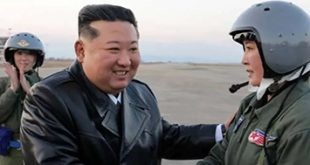A Lasting Symbol
Though officially marginalized, Khatami remains a figure of conscience. For younger generations of Iranians who came of age in the late 1990s and early 2000s, he remains the face of possibility—the idea that Iran can be both Islamic and democratic, both traditional and modern.
In this sense, the Nowruz ceremony served as a quiet assertion of continuity. A declaration that, even in constrained times, values such as dialogue, reform, and reconciliation remain alive in the cultural bloodstream of the nation.
Khatami, in his modesty and resilience, symbolized that spirit. He may no longer write the laws, but his voice—calm, philosophical, persistent—remains etched in the conscience of a nation still searching for its path.
The Reformist Presidency of Mohammad Khatami: Crisis, Change, and Civil Society in the Islamic Republic
The two presidential terms of Seyyed Mohammad Khatami (1997–2005) mark a pivotal chapter in the post-revolutionary history of the Islamic Republic of Iran. Elected with a sweeping majority in 1997, Khatami’s presidency was heralded by hopes for political reform, cultural openness, and civil liberties. However, these hopes were constantly tested by an entrenched conservative establishment composed of powerful religious authorities, military organizations, and security institutions. As Khatami himself noted, his government faced a new crisis “every nine days,” highlighting the deep resistance to reform from within the state apparatus.
The Civil Society Vision
The hallmark of Khatami’s presidency was his emphasis on civil society, a term that became a slogan and a rallying cry for Iran’s reformist movement. His call for a law-based order, public accountability, and citizen participation in governance was a sharp departure from the revolutionary rhetoric that had dominated Iranian politics since 1979. Khatami’s idea of civil society sought to create a space between the individual and the state—where political, cultural, and social institutions could thrive independently.

